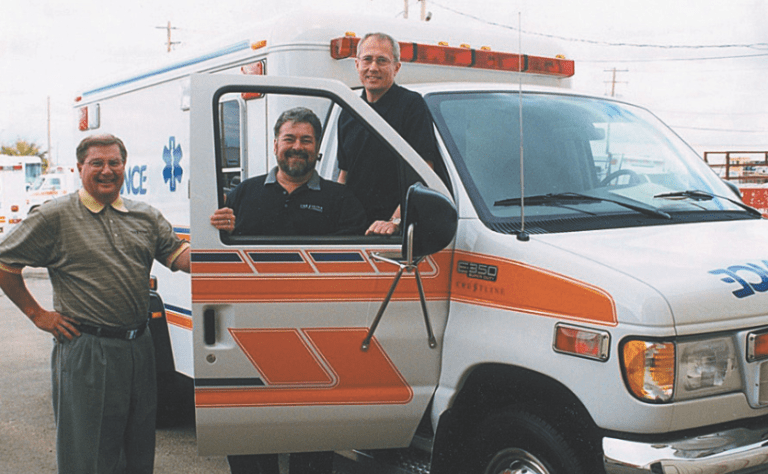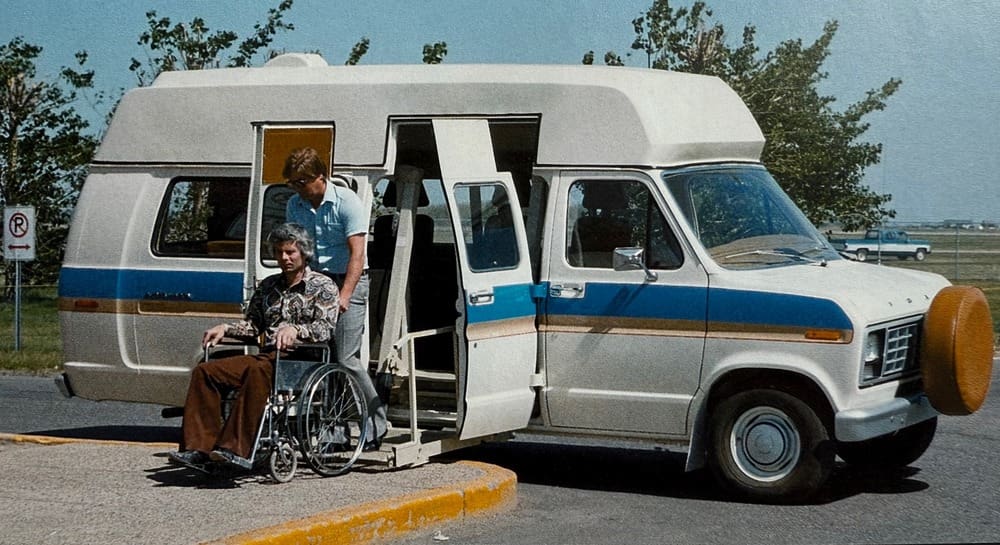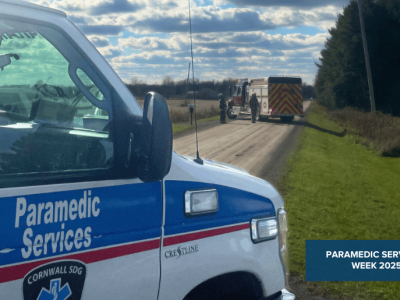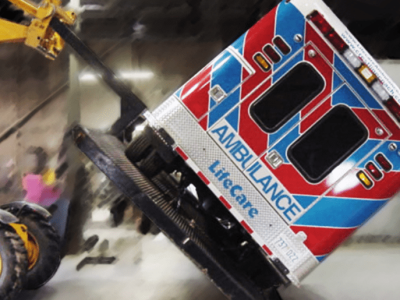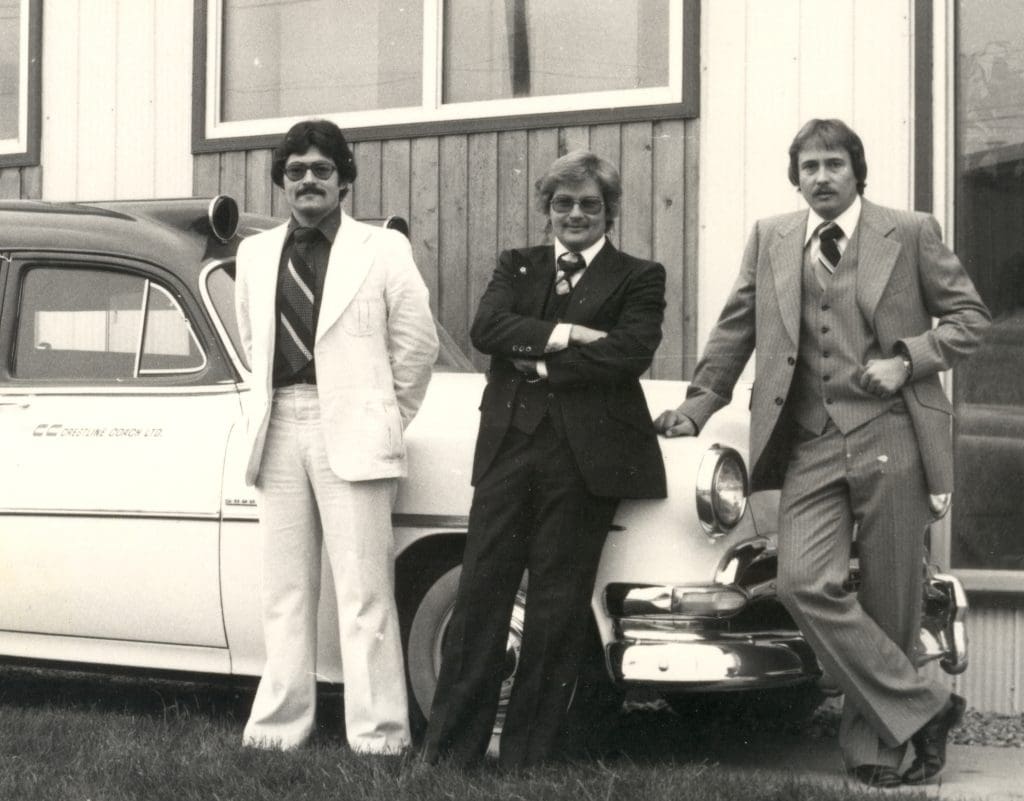
In the late 1960s, while working as paramedics at Ray’s Ambulance, Peter Adsten and Ken Sawatsky gained firsthand experience that sparked a journey destined to reshape the landscape of ambulance manufacturing.
Fueled by a shared commitment to enhance patient care, Peter and Ken often found themselves at odds with the status quo in terms of current ambulance models, advocating for more advanced training and better medical equipment supplied in ambulances. Fueled by passion and determination, and after efforts to convince their manager, they chose to take control of their future.
In 1971, they proudly founded Crescent Ambulance Service, turning their vision into reality. By 1978, Ronn Janzen, who attended University and worked with Peter and Ken, joined as an equal partner.
Even before the brand’s establishment, buses were already in Crestline core product offering. In 1971, they put their first wheelchair accessible van in service to provide safe transportation for people who count use a regular cab to get to their appointments. They affectionally nicked named it the “Cabulance”.
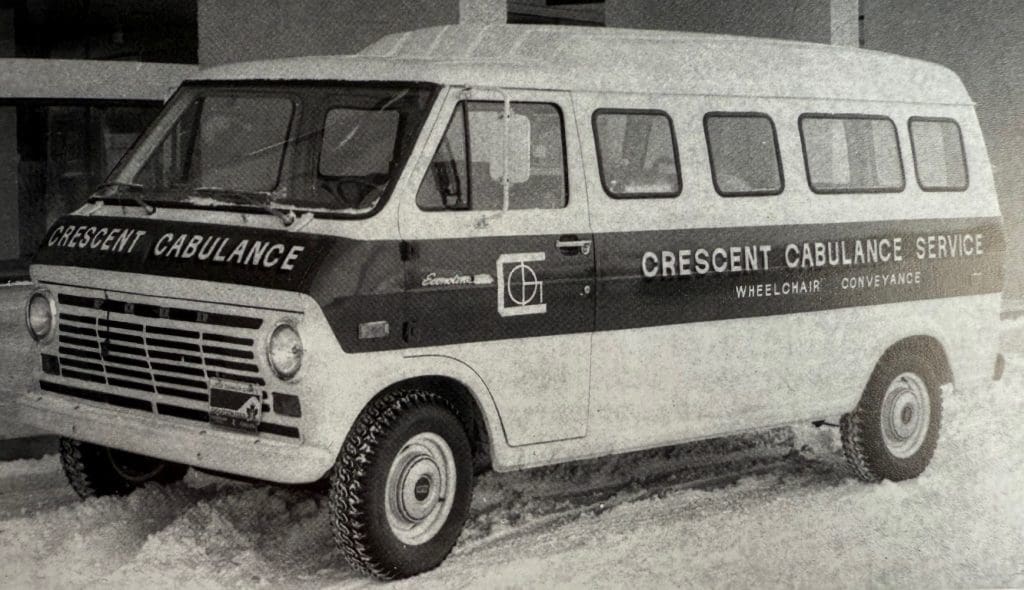
In 1973, they purchased Ray’s Ambulance Service and merged it with Crescent Ambulance Service, focusing on improving patient care and service through ongoing education and close collaboration with doctors from local emergency departments. After completing the EMT course, they became the first Registered Emergency Medical Technicians in Saskatchewan, and among a very few in all of Canada!
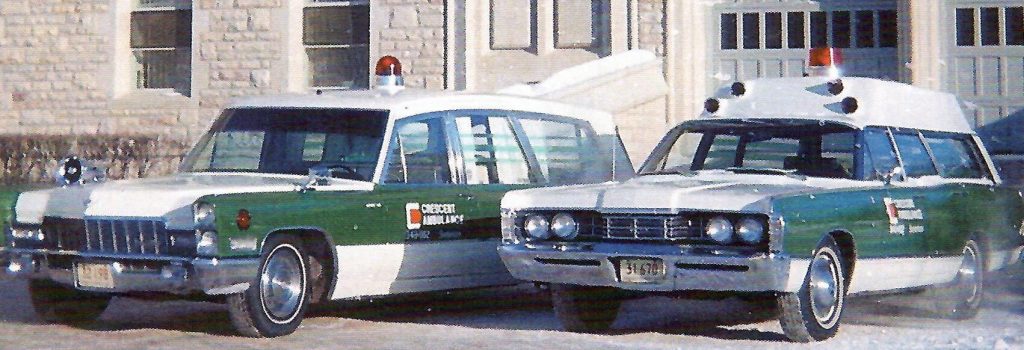
Expanding into Ambulance Manufacturing
By 1974, Saskatoon had become a highly competitive market for ambulance services. To adapt, the founders shifted their focus toward ambulance manufacturing, supplying vehicles to services across Saskatchewan. When they weren’t responding to service calls, they were building ambulances—balancing affordability with growing efficiency in production. Their strong industry ties, reinforced by their involvement with the Saskatchewan Road Ambulance Association, built their credibility in equipment recommendations and positioned them as a trusted leader in ambulance design.
Transition to Crestline Coach: Redefining Ambulance Design
With firsthand experience in the limitations of traditional ambulance designs, they identified a critical need for vehicles equipped to handle the evolving demands of medical technology. This realization spurred the transition from Crescent Ambulance Services to the founding of Crestline Coach Ltd. on April 28th, 1975, a decision that marked the beginning of a new era in ambulance manufacturing.
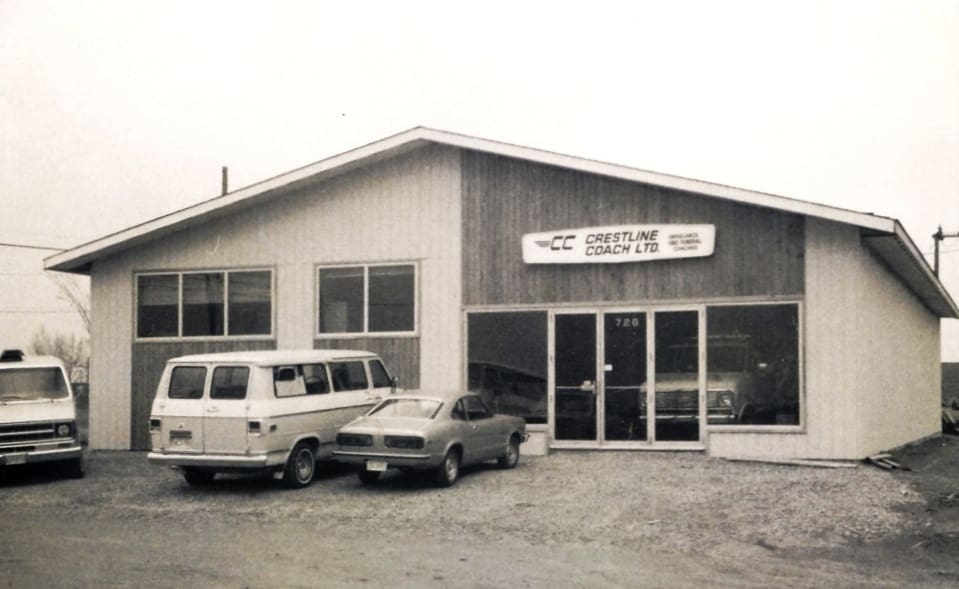
The name “Crestline” was chosen because their ambulance service, Crescent, would be operating at the same time, and they wanted to select a name that was similar.
“The Crest part of Crestline gave the impression of being at the Forefront as in the crest of a wave and the line part of Crestline gave the impression of an entire lineup of products. The coach portion of the name was a carryover from a previous era when most ambulance and funeral vehicle manufacturers had coach as part of their name.” – Peter Adsten
During a time when ambulances were predominantly built on car chassis, offering limited space for essential equipment, the automotive industry was experiencing a transformation. The introduction of van-style models by major manufacturers like Ford, Dodge, and GM opened new possibilities for ambulance design. Crestline led the charge in this transition, pioneering the use of van chassis to develop ambulances that were not only more functional but also more cost-effective than their predecessors.

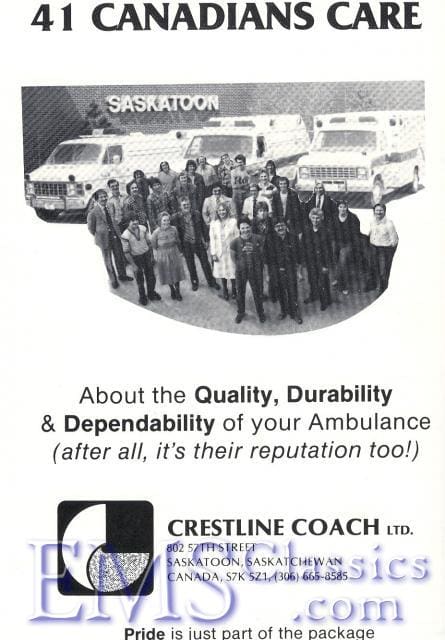
A Legacy of Innovation and Safety
Quality, durability, and dependability have always been the company’s core values, guiding Crestline as it expanded its offerings to better serve the evolving needs of emergency services. This commitment led to the introduction of high-top vans and modular ambulances, including their groundbreaking debut modular model in 1978—a Dodge fitted with a robust metal body by Minoru Truck Bodies.
Laying the Groundwork: Crestline’s Early Growth and Product Diversification
From the beginning and still today, buses are embeded in Crestline’s business. Even in the early years, wheelchair accessibility was a priority—not just for customers, but for the communities they served. In 1980, they built their first purpose-built wheelchair van for the Rosetown Hospital in Saskatchewan. Today, Crestline has grown into Canada’s premier bus dealership with over 4,000 buses and vans delivered across the country.
Crestline has always aimed to push the boundaries of ambulance innovation. In 1981, in collaboration with the University of Alberta Hospital, they designed a neonatal ambulance for the Edmonton Ambulance Authority, dubbed “the baby buggy,” which was equipped to support baby incubators and life support for up to six hours during long-distance transfers (Adsten, 2008). This model included dual alternators, twin generators, and extensive battery storage.
Crestline also adapted its vehicles for extreme conditions, such as a Ford 4×4 ambulance, designed in 1988 for the harsh climate of Iqaluit, NT. Like any good company, Crestline explored new opportunities by diversifying into related markets such as limousines, prisoner escort vehicles and fire apparatus distribution before refocusing in ambulance manufacturing and bus distribution.
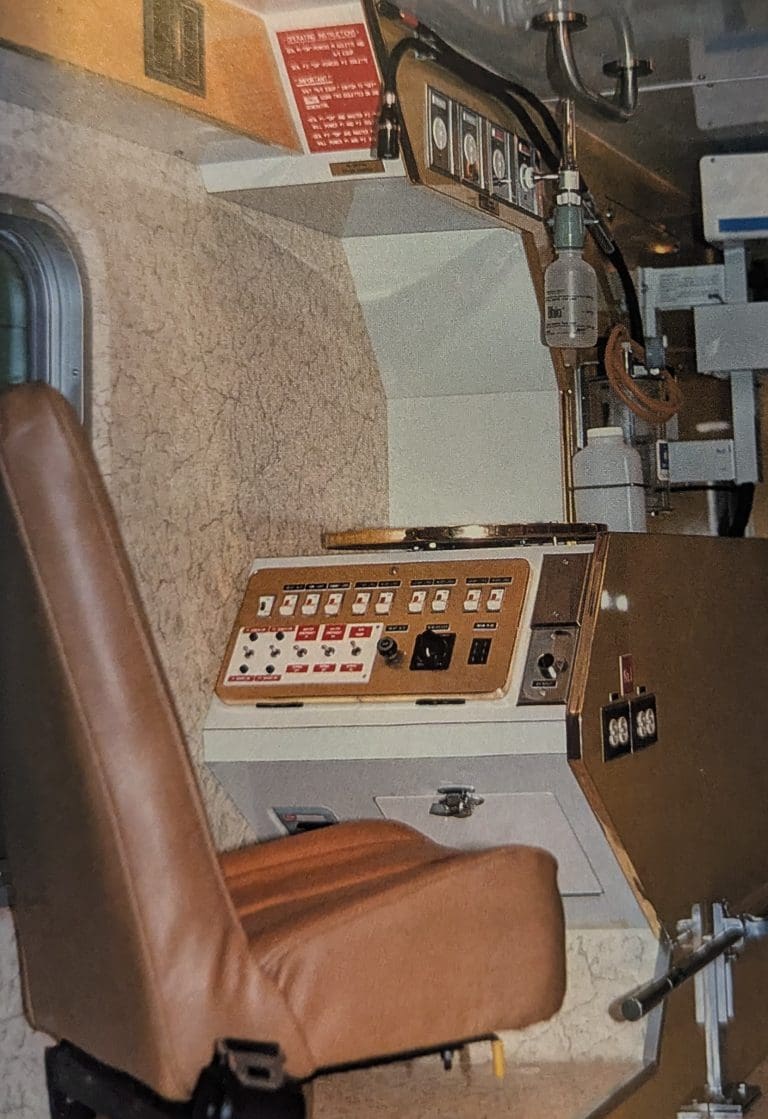
The mid-1980s saw further breakthroughs, with the Ontario Ministry of Health acquiring its first Crestline ambulance in 1986 and the introduction of the Sprint prototype in 1987—a mid-sized, cost-effective alternative to larger modular ambulances, which became a popular choice across Canada due to its dual-cot floor plan and hatchback door.
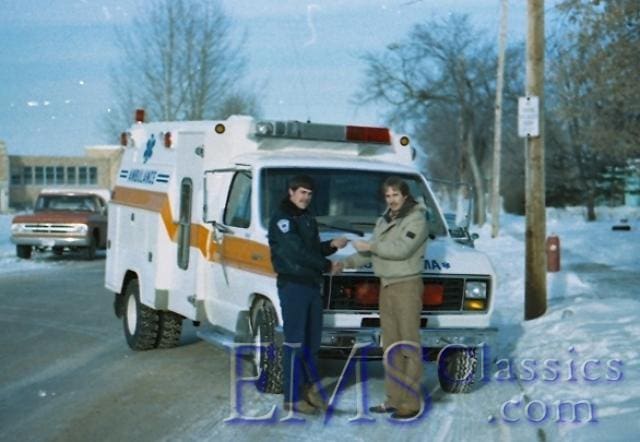
While remounts are a key part of Crestline’s product offering today, the journey began decades ago. In 1983, Crestline completed its first remount on a Braun ambulance, setting the foundation for the trusted, industry-leading remount program customers continue to depend on.
Crestline’s Role in Supporting Healthcare Beyond Borders
In 1988, Crestline launched its Med Equip program to support healthcare in developing countries. Ambulance services, nursing homes, hospitals, and municipalities were invited to donate new, used, or surplus medical equipment and supplies. To kick off the program, a refurbished 1980 Crestline Ford was painted with a large green cross and “Ambulancia” lettering, then filled with donated medical gear for the Loma Plata Hospital in Paraguay.
Crestline is proud to carry on this tradition decades later, giving back not just to local communities, but to the world. Supporting others remains a core part of Crestline’s identity and values.
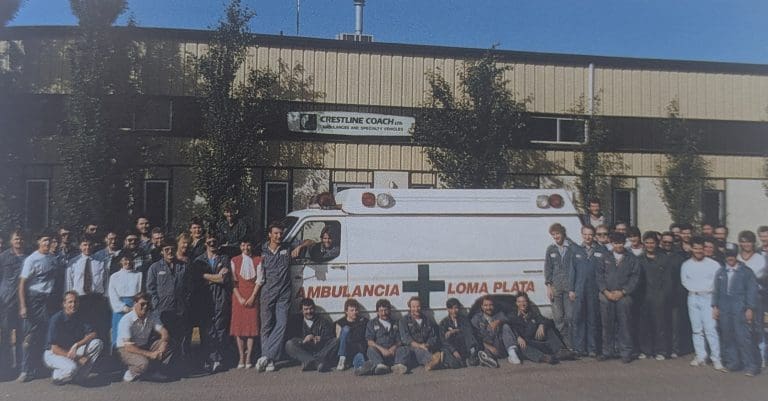
Crestline becomes the first Ford QVM-certified ambulance manufacturer in Canada
In 1988, the Ford Motor Company launched the Qualified Vehicle Modifier (QVM) Program, setting stringent design and quality standards for ambulance manufacturers. Ford’s rigorous evaluation process included comprehensive inspections to assess engineering processes, product improvement efforts, and overall build quality.
Crestline distinguished itself among more than 30 North American manufacturers, receiving accolades for its exceptional employee training, detailed vehicle owner manuals, robust R&D, and stringent process control. Ford acknowledged Crestline’s forward-thinking and dedication to excellence by granting it the exclusive status of being the only Canadian ambulance manufacturer to earn Charter membership in the QVM Program—a testament to Crestline’s commitment and one of its most esteemed accolades.
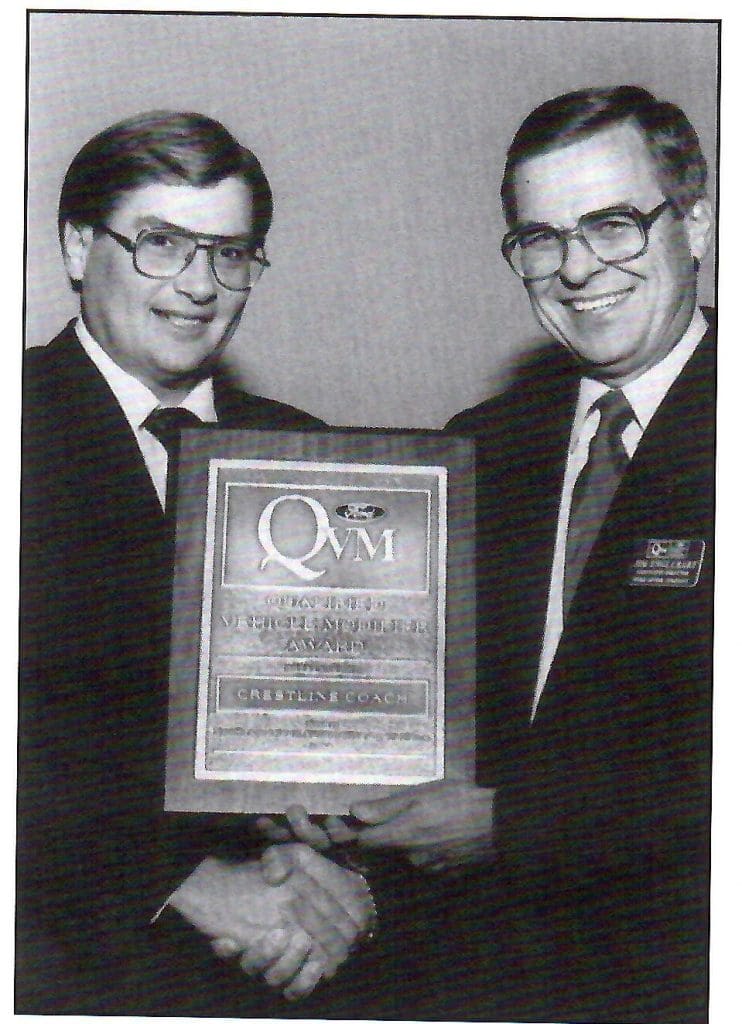
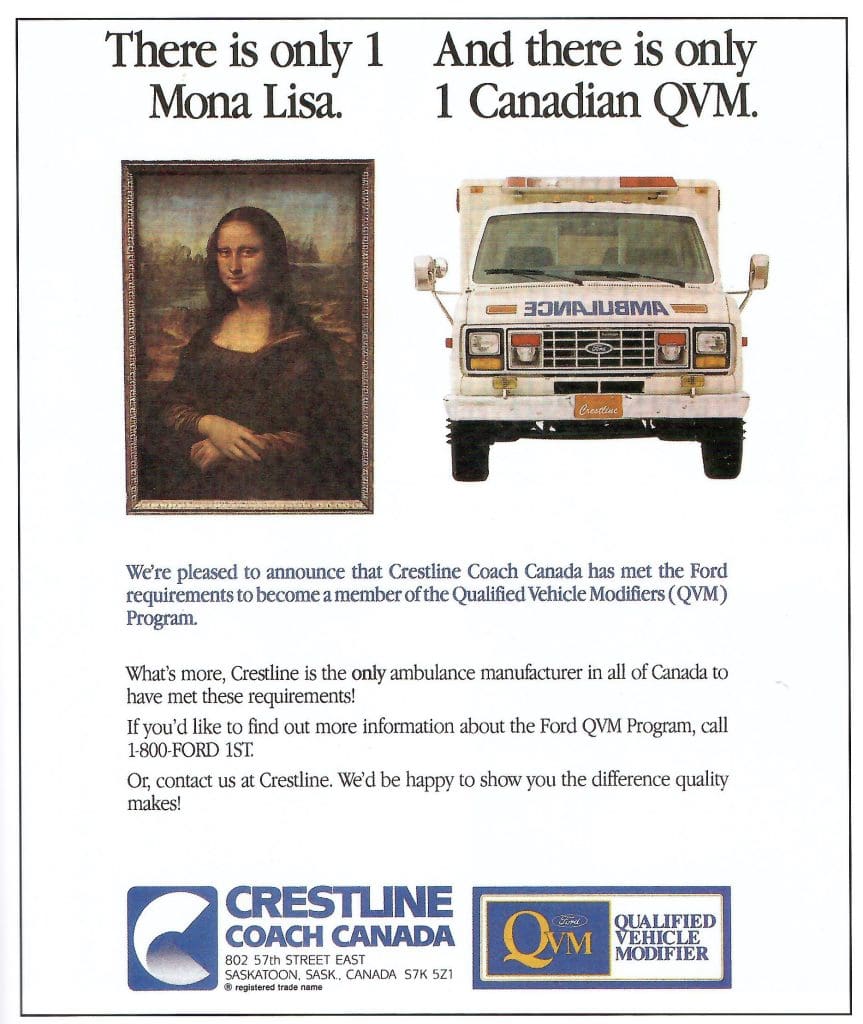
In 1989, Ken, Peter and Ronn were awarded for outstanding leadership in business by Canadian Business Magazine, an award given to one business from each province.
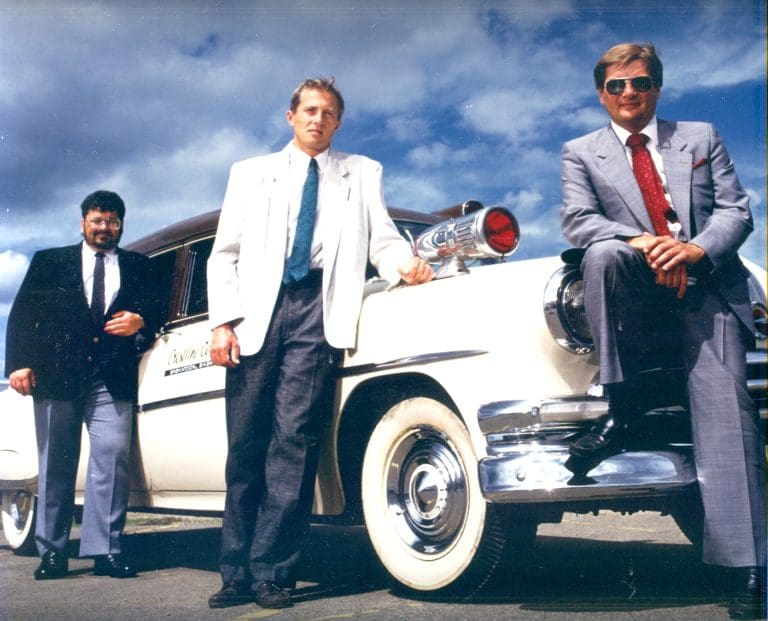
Crestline Today: A Legacy of Innovation and Safety
From the very beginning, Peter Adsten, Ken Sawatsky and Ronn Janzen set out to redefine ambulance manufacturing, driven by their firsthand experience as paramedics. They saw the gaps in early ambulance design and took action—raising the bar and establishing an enduring commitment to safety, quality, and innovation in emergency vehicles.
For over 50 years, Crestline has remained committed to setting new standards in manufacturing by listening to the evolving needs of paramedics. Every ambulance is built with reliability, durability, and the safety of both patients and frontline responders at its core.
Looking ahead, Crestline refuses to stand still. With a focus on continuous improvement and innovation, Crestline will continue to lead the way in ambulance design and manufacturing for the next 50 years and beyond.


